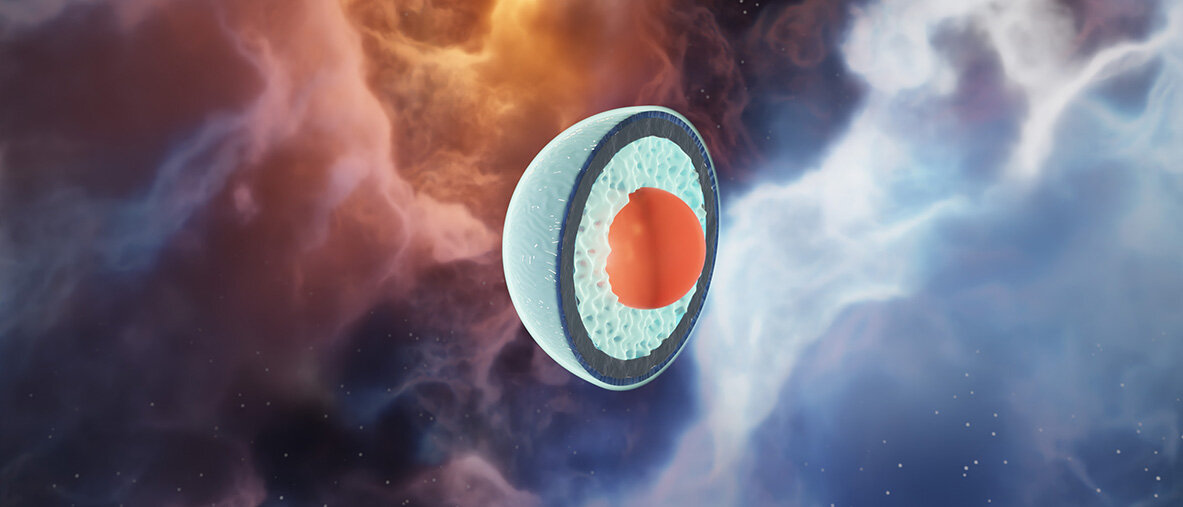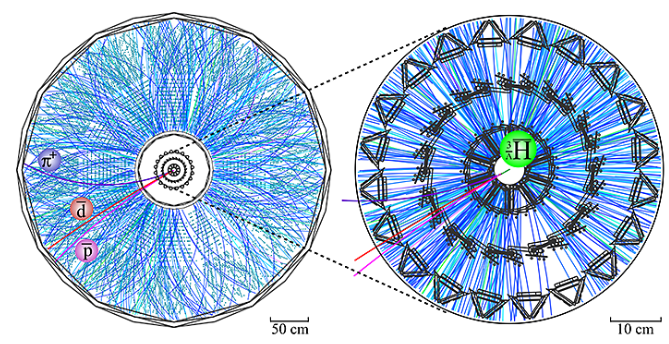
A Finnish research group has found strong evidence for the presence of exotic quark matter inside the cores of the largest neutron stars in existence. The conclusion was reached by combining recent results from theoretical particle and nuclear physics to measurements of gravitational waves from neutron star collisions.
All normal matter surrounding us is composed of atoms, whose dense nuclei, comprising protons and neutrons, are surrounded by negatively charged electrons...
Read More









Recent Comments